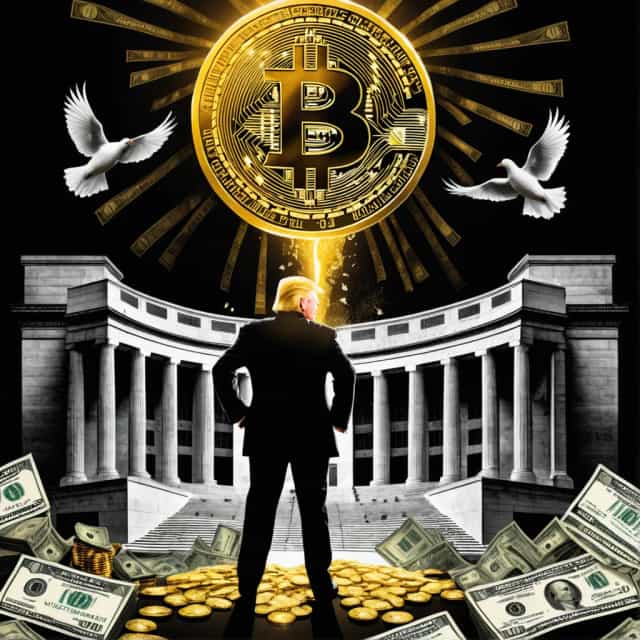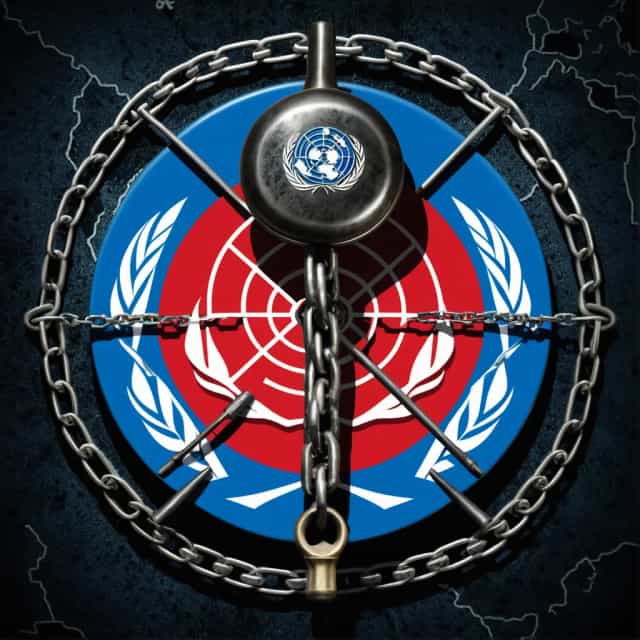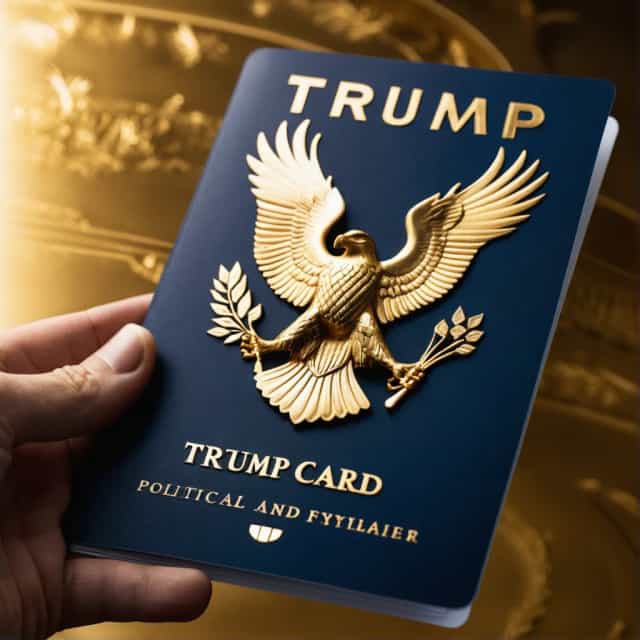
출처: Block Media
U.S.-South Korea $350 Billion Investment Fund Stalemate: Key Issues and Implications
Negotiations between South Korea and the United States regarding a proposed $350 billion investment fund have reached a critical standstill, fueled by sharp disagreements over foundational terms. Central to the deadlock is South Korea's reluctance to align with the U.S.'s insistence on a cash-based funding model, a demand that has triggered widespread apprehension across foreign exchange markets. With exchange rate fluctuations intensifying and fears of prolonged uncertainty mounting, this deadlock poses significant economic and diplomatic challenges for both nations.
Diplomatic Stalemate Underscores Diverging Priorities
High-level diplomatic engagements aimed at breaking the impasse have delivered little progress. During a meeting in New York on the 25th, South Korean President Lee Jae-myung and Deputy Prime Minister and Finance Minister Koo Yoon-chul met with U.S. Treasury Secretary Scott Besant to address the widening rift. President Lee expressed hopes for negotiations that prioritize “mutual interests,” yet candidly conveyed South Korea's struggles to meet Washington’s cash investment demands. In response, the South Korean government has pushed for a permanent and unrestricted currency swap agreement, underscoring the necessity of stable dollar reserves as a precondition for advancing discussions. However, Treasury Secretary Besant made no concrete commitments regarding the requested currency swap—a pivotal sticking point in the negotiations.
Further complicating matters, former U.S. President Donald Trump’s remarks on the same day escalated tensions. Trump emphasized the anticipated $550 billion commitment from Japan and $350 billion from South Korea, framing these investments as "prepayments" that serve broader U.S. strategic objectives. Market whispers, amplified by sources from The Wall Street Journal (WSJ), suggest that U.S. Commerce Secretary Howard Lutnick has been pushing South Korea to further expand its commitment, intensifying pressure on Seoul.
Exchange Markets React to Rising Uncertainty
The protracted U.S.-South Korea deadlock has reverberated across foreign exchange markets, sending shockwaves through currency trading platforms. On the 26th, the Korean won-U.S. dollar exchange rate surged to 1,412.4 KRW/USD, marking a 2.4% rise from earlier monthly levels of approximately 1,380 KRW/USD. Analysts have pinpointed three primary drivers of the currency's volatility:
- Lingering Uncertainty Following the Federal Open Market Committee (FOMC) Meeting: The lack of clarity on U.S. interest rate policies continues to rattle global markets.
- Increased Foreign Investment by South Korean Firms: Korean businesses have stepped up their international investments, further intensifying demand for dollars.
- The Stalemate in Investment Discussions: The ongoing impasse between the U.S. and South Korea has compounded financial market anxiety, driving exchange rate fluctuations higher.
Min Kyung-won, a leading researcher at Woori Bank, cautioned against South Korea's acquiescence to an all-cash funding model without robust safeguards. Min explained that such a concession could critically deplete South Korea's foreign exchange reserves and destabilize its primary income balance, ushering in a phase of severe financial instability. "While Japan’s $550 billion commitment is underpinned by robust forex reserves and consistent dollar inflows, Korea’s investment pledge amounts to roughly 85% of its total reserves—a dangerous overextension," Min warned.
Broader Risks of a Prolonged Negotiation Deadlock
As both nations remain entrenched in their positions, experts voice growing concerns over the long-term risks of a protracted stalemate. Excessive U.S. pressure on South Korea could not only derail ongoing talks but also jeopardize broader diplomatic relations. The ripple effects of unresolved disputes are already being felt in the form of heightened exchange rate volatility, which threatens to weigh down economic stability in both countries.
Without a clear resolution, financial markets are likely to remain mired in uncertainty, further amplifying existing risks. Key stakeholders from both nations are now watching closely as deliberations continue, albeit at a sluggish pace. For markets to stabilize and for bilateral relations to flourish, bridging the divide between the U.S. and South Korea will be imperative. Mutual flexibility, coupled with clearer terms of engagement, is essential to achieving a breakthrough that balances economic priorities with diplomatic goodwill.
As the deadlock persists, achieving clarity on the future of the $350 billion investment fund will be critical not just for the two nations involved, but also for the broader global economic framework.










